Science
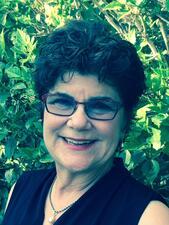
Karen Fox
Selma Fraiberg
Selma Fraiberg was a psychoanalyst, author, and pioneer in the field of infant psychiatry. Her classic parenting book The Magic Years was the result of her years of research in the field of social work and her experiences as a stay-at-home mother.
Käte Frankenthal
A stubborn nonconformist from an early age, Käte Frankenthal was a physician and politician active in Germany’s Social Democratic Party. While running her own successful private practice, she was active in sex reform legislation and played a prominent role in the Federation of Women Physicians.
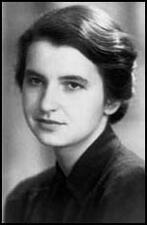
Rosalind Elsie Franklin
An influential British physical chemist, Rosalind Elsie Franklin’s essential innovations in DNA research, including her X-ray DNA photography and her work in distinguishing between “A” and “B” forms of DNA, allowed Frances Crick and James Watson to solve the structure of DNA as early as 1953. Her important role in their work went largely unacknowledged until the 1990s.
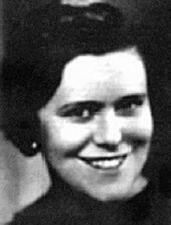
Else Frenkel-Brunswik
Else Frenkel-Brunswik was a social psychologist who is best known as a coauthor of The Authoritarian Personality.
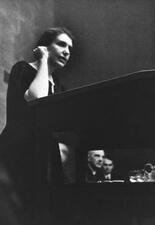
Anna Freud
Charlotte Friend
Cell biologist and immunologist Charlotte Friend discovered a virus that could transmit leukemia and made major contributions to our understanding of cancer and its causes. She served as director of the Center for Experimental Cell Biology at Mount Sinai Medical School, and later as the president of the New York Academy of Sciences and the American Association for Cancer Research.
Frieda Fromm-Reichmann
Frieda Fromm-Reichman was a German-American psychiatrist best known for her innovations in the psychotherapeutic treatment of schizophrenics and manic-depressive patients previously deemed unsuitable for psychoanalysis. Towards the end of her life, Fromm-Reichman received international recognition for her creative and insightful contributions to psychotherapy.
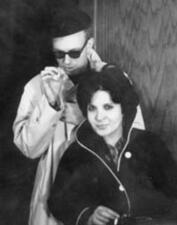
Roberta Galler
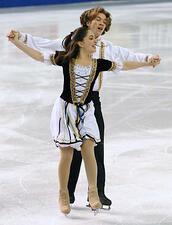
Loren Galler-Rabinowitz
Evelyn Garfiel
Evelyn Garfiel’s Jewish scholarship on topics like the prayer book and the Hebrew language helped make Jewish study accessible to the broader public. She served on the boards of several Jewish women’s organizations and published a book in 1957 that explored the prayer book and explained the origins and purpose of different prayers.
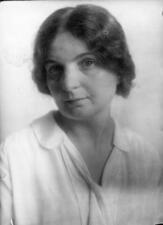
Hilda Geiringer
Elisabeth Rozetta Geleerd
Elizabeth Rozetta Geleerd’s work on extreme psychological conditions such as amnesia and schizophrenia led to new methods for treating seriously disturbed children and adolescents. Along with opening her own private practice, Geleerd became a training analyst and a member of the educational committee of the New York Psychoanalytic Institute and helped shape its child and adolescent analysis program.
Mary Gendler
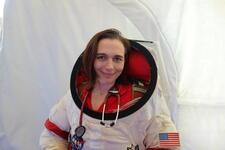
Sheyna Gifford
Sheyna Gifford’s passion for both scientific exploration and writing has enabled her to work for NASA in many different capacities, from science journalist to health and safety officer on a year-long simulated mission to Mars.
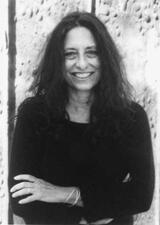
Carol Gilligan
The pioneering work of American psychologist Carol Gilligan changed the way the field of psychology studied women and, arguably, the way society views women. Challenging mainstream psychology through her interrogation of the accepted benchmarks of moral and personal development, she proposed that women and men have different moral criteria and follow different paths in maturation.
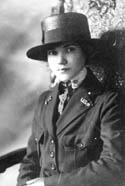
Ethel Gladstone
Eleanor Glueck
For half a century, Eleanor Glueck worked with her husband, a professor of criminology at Harvard Law School, to produce studies of juvenile delinquency and adult crime. In addition to statistical modeling of crime, they did follow-up studies to understand the roots of criminal behavior.
Esther Schiff Goldfrank
Although she never earned a degree in anthropology or taught a class, Esther Schiff Goldfrank made significant contributions to the field through her studies of communities as disparate as Pueblo Indians and New Yorkers.
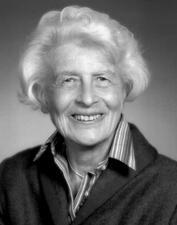
Gertrude Scharff Goldhaber
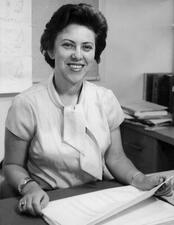
Sulamith Goldhaber
Sulamith Goldhaber’s family immigrated from Vienna to Palestine, and Goldhaber later moved to the United States to complete her education and begin her career. Her pioneering work with particle accelerators put her at the forefront of a seismic shift in the research of particle physics. She was also renowned for her work concerning nuclear emulsions.
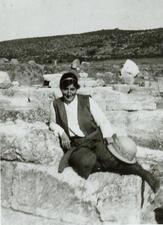
Hetty Goldman
Hetty Goldman was one of the most distinguished American archaeologists in the early twentieth century, the first woman appointed to direct an archaeological excavation by the Archaeological Institute of America and the first woman professor at Princeton’s Institute for Advanced Study.
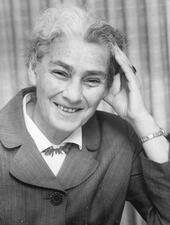
Elisabeth Goldschmidt
Elisabeth Goldschmidt was the founder of genetic studies as a research and teaching discipline at the Hebrew University of Jerusalem. She saw in the mass immigration of Jewish communities to Israel a unique opportunity for genetic research that might also contribute to the welfare of society, and in consequence founded the systematic research in human genetics and genetic counseling services in Israel.
Luba Robin Goldsmith
In 1902, Luba Robin was the first woman to graduate from the school of medicine at the Western University of Pittsburgh (later the University of Pittsburgh). Her career combined private medical practice, teaching, writing, lecturing, and active participation in educational, social, and public health work.
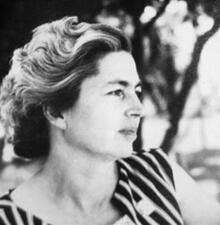
Shulamit Goldstein
A member of the underground militant group Irgun Zeva'i Le'ummi, Shulamit Goldstein became Israel’s first female pilot in the 1930s. Later in life, she also became a nursery school teacher, a poultry farmer, and a fiberglass manufacturer.


